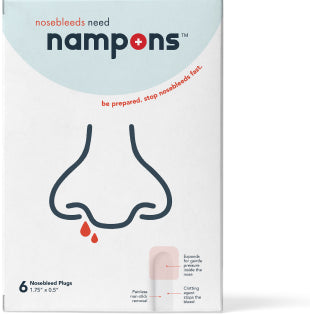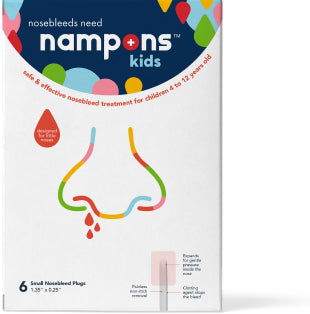It’s worrying when your child has a lot of nosebleeds. They might not be overly concerned, but that doesn’t stop you from stressing. At worst, it’s a scary time that could necessitate a call to your doctor or the emergency services. At best, it’s something that will make a mess of their clothing and may lead to calls home from their school.
The question is, will they grow out of this or is it something that will stay with them into their teens and beyond?
Why are Nosebleeds More Common in Children?
Parents spend the first few years of their child’s life carefully watching their words and walking on verbal eggshells. They refrain from swearing, change the subject whenever their kids ask an awkward question, and turn off the Discovery channel when the monkeys get frisky.
But all of that goes out the window when the kids start picking their noses:
“Keep digging and you’ll pop your eyeballs right out your skull!”
“You’re making Santa angry!”
“Your finger will get stuck and stay like that forever.”
But it doesn’t matter what you say, kids will always pick their noses. In fact, that’s why nosebleeds are more common among kids aged 2 to 10 than any other age group. Those grubby little fingers break skin, rupture blood vessels, and cause the crimson to flow.
Nose injuries are common among children and they may also suffer from allergies that lead to sinus problems and regular sneezing, nose-blowing, and other nosebleed triggers.
Children who pick their noses a lot, have cold or flu, and live in a dry climate are more likely to suffer from nosebleeds.
Will They Grow Out of It?
Not all childhood nosebleeds have a direct and obvious cause. Many can be linked to the issues outlined above and even when the outcome isn’t immediately obvious, you can usually make some safe assumptions.
Many of these risk factors decrease with age, including nose picking and the prevalence of cold and flu. Perhaps for this reason, children tend to outgrow their nosebleeds.
They may still suffer from regular nosebleeds into their teenage years and adulthood, but nosebleeds stop being an issue for the majority of children as they enter their teens.
Children between the ages of 2 and 10, and adults over the age of 60, are the highest at-risk groups of all. Between these two age groups, the risk of persistent nosebleeds decreases significantly.



